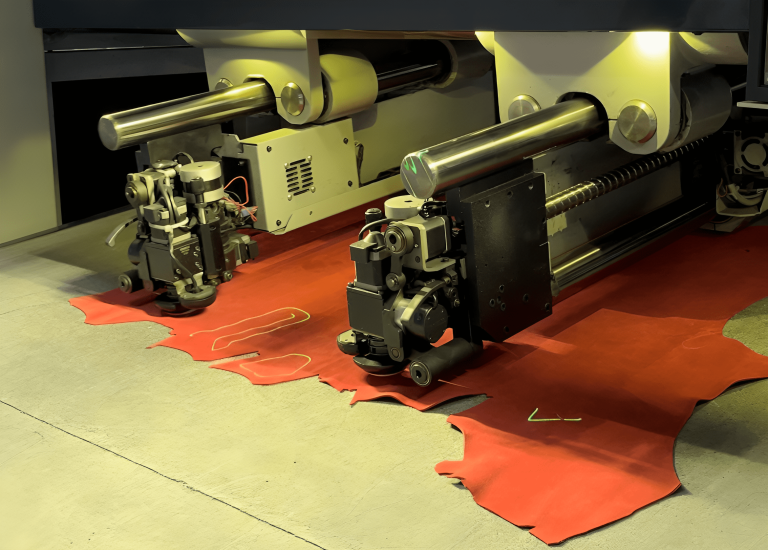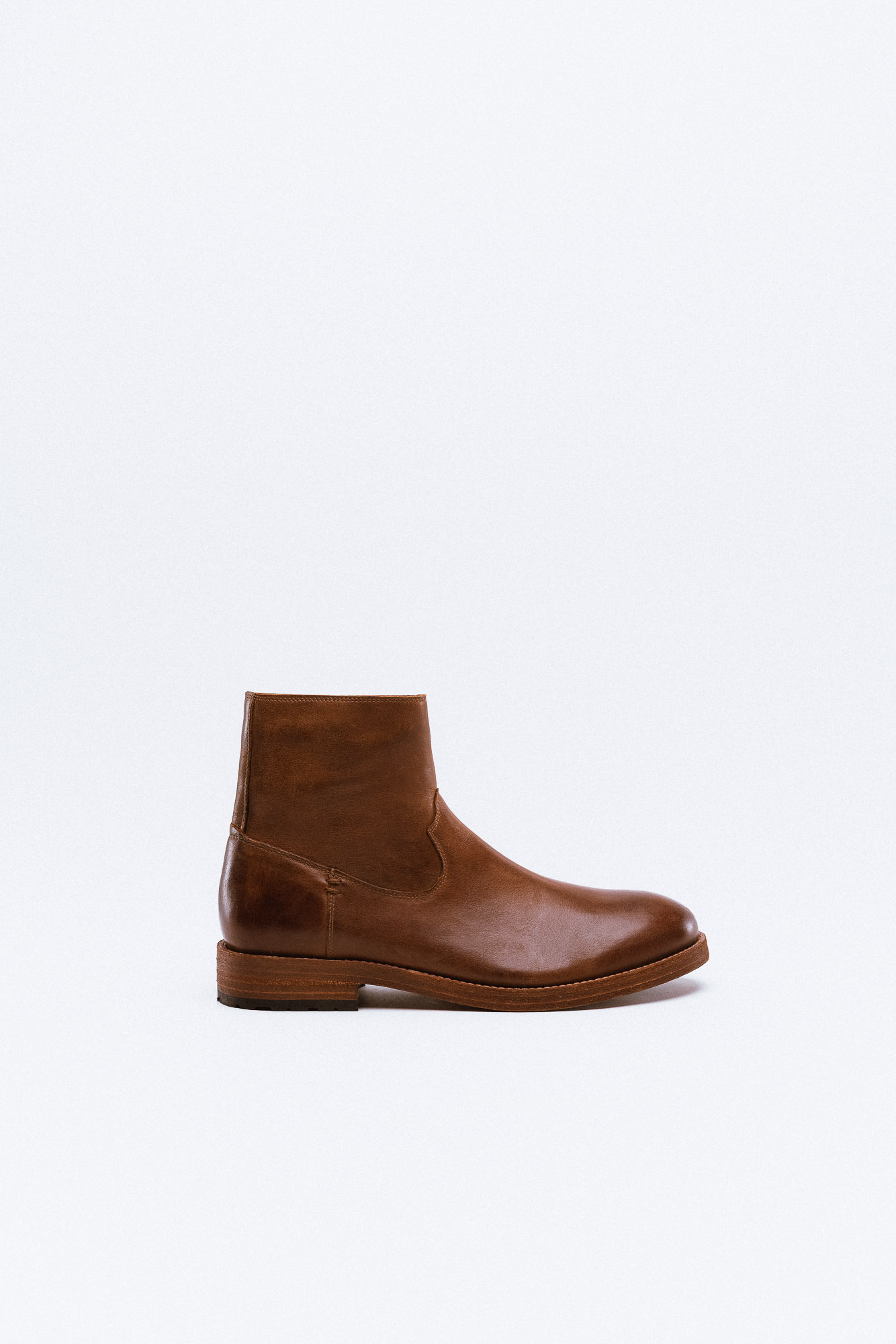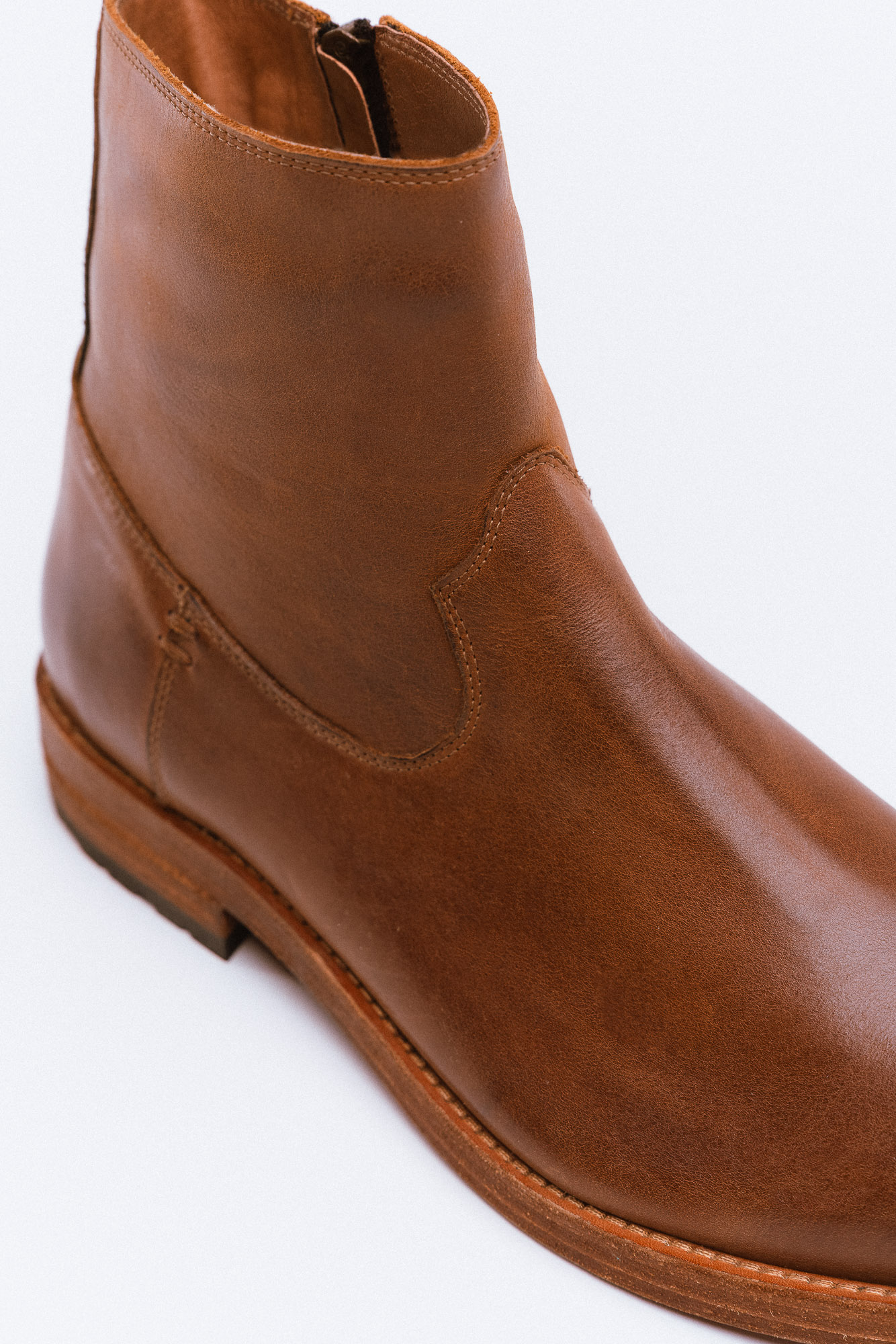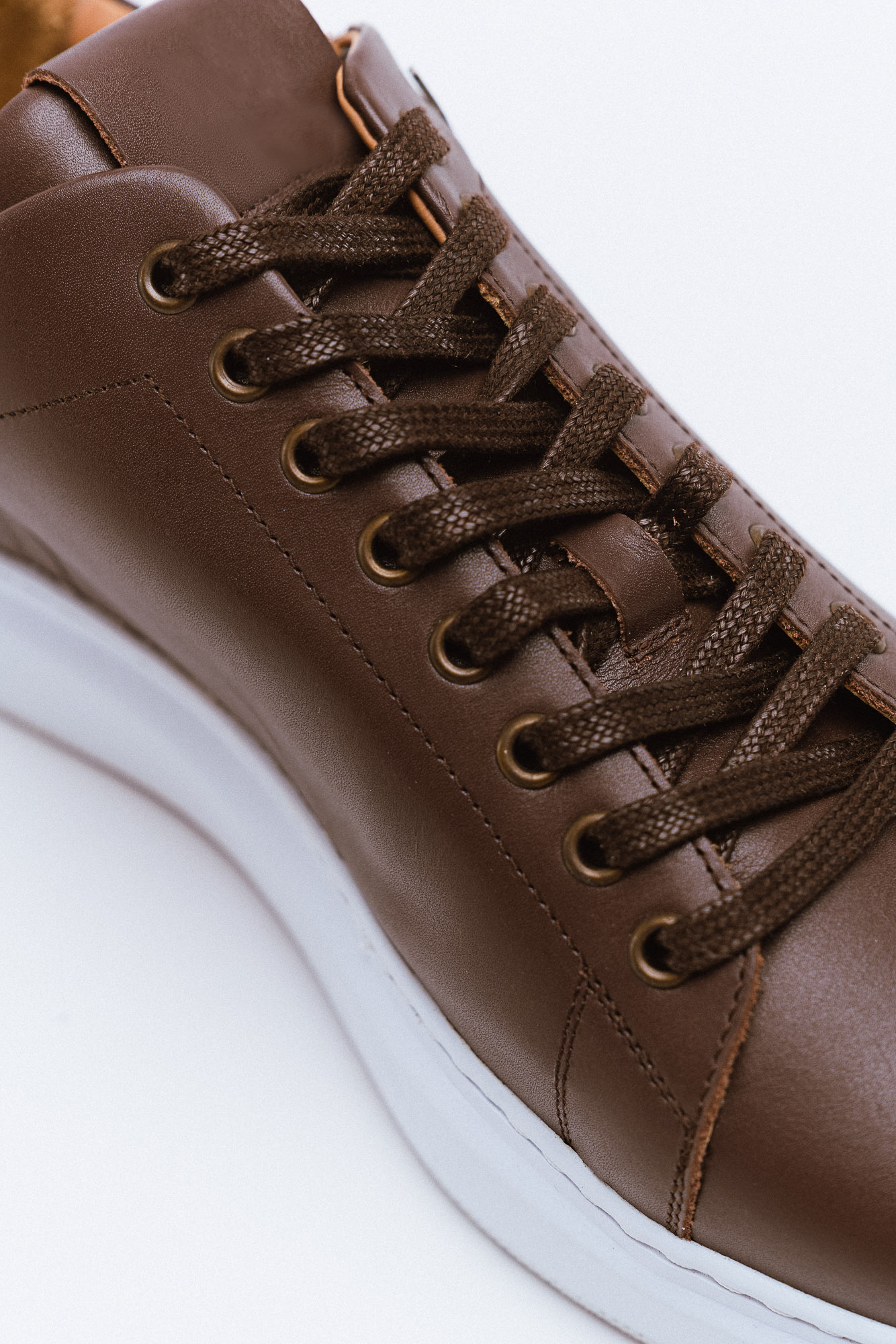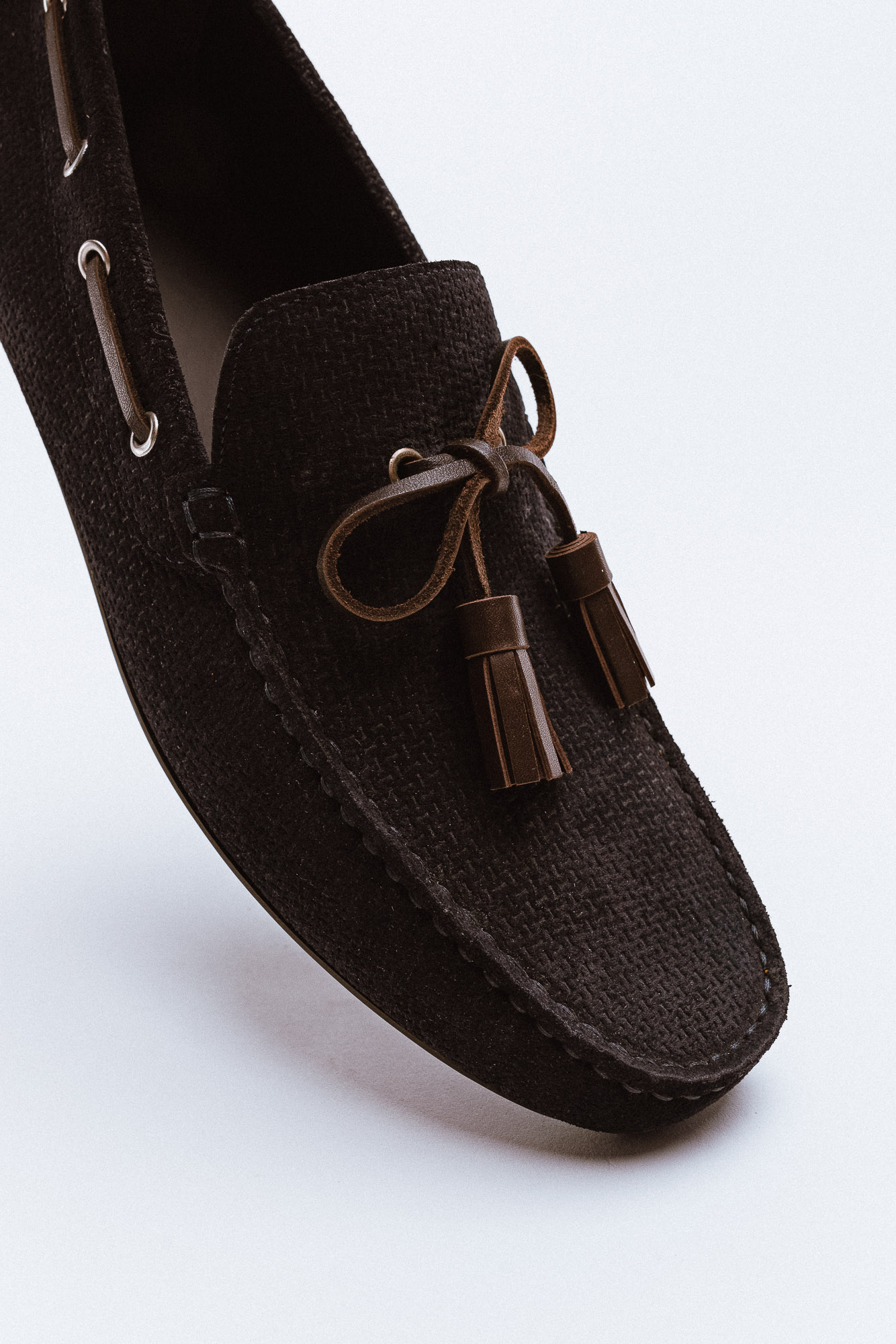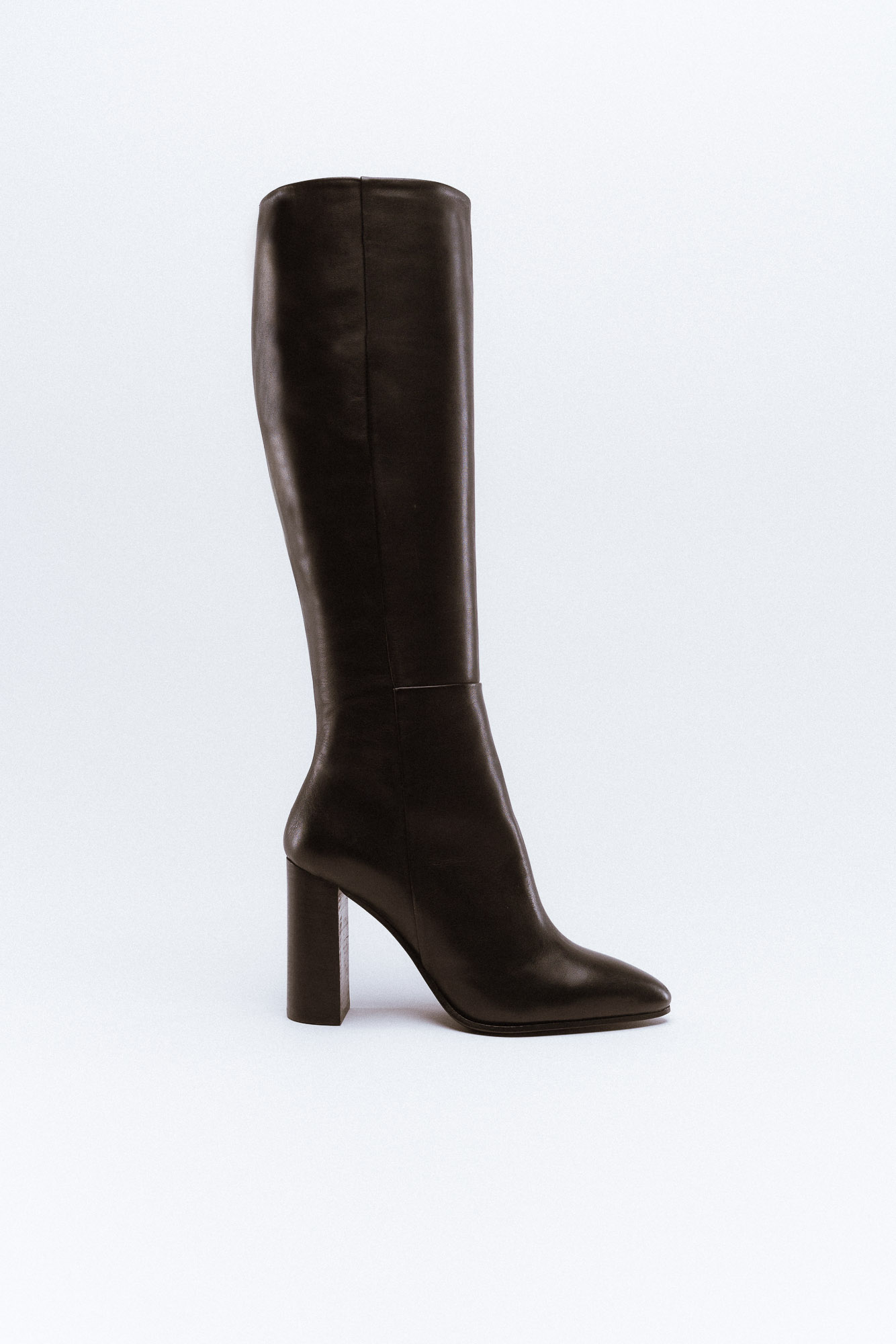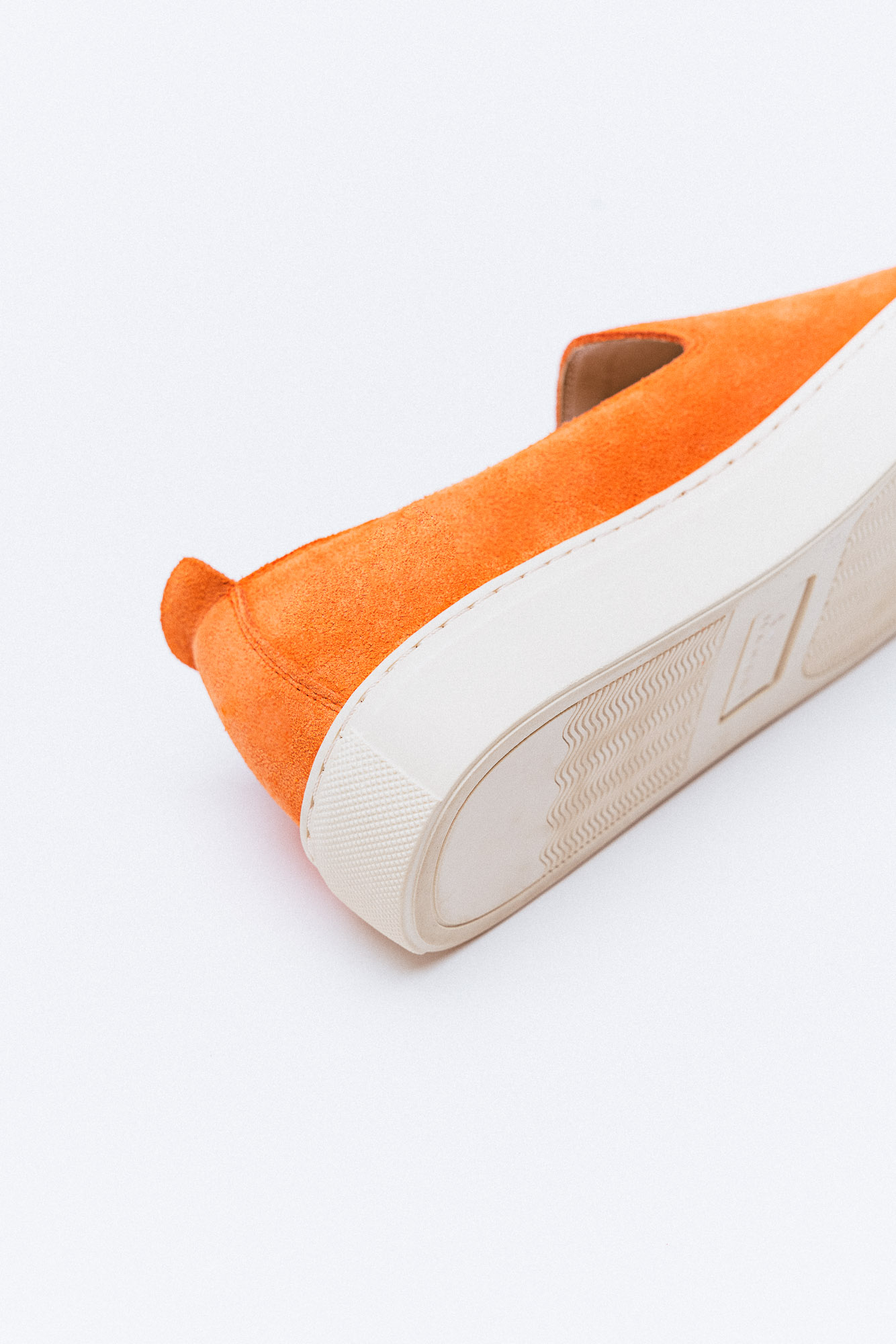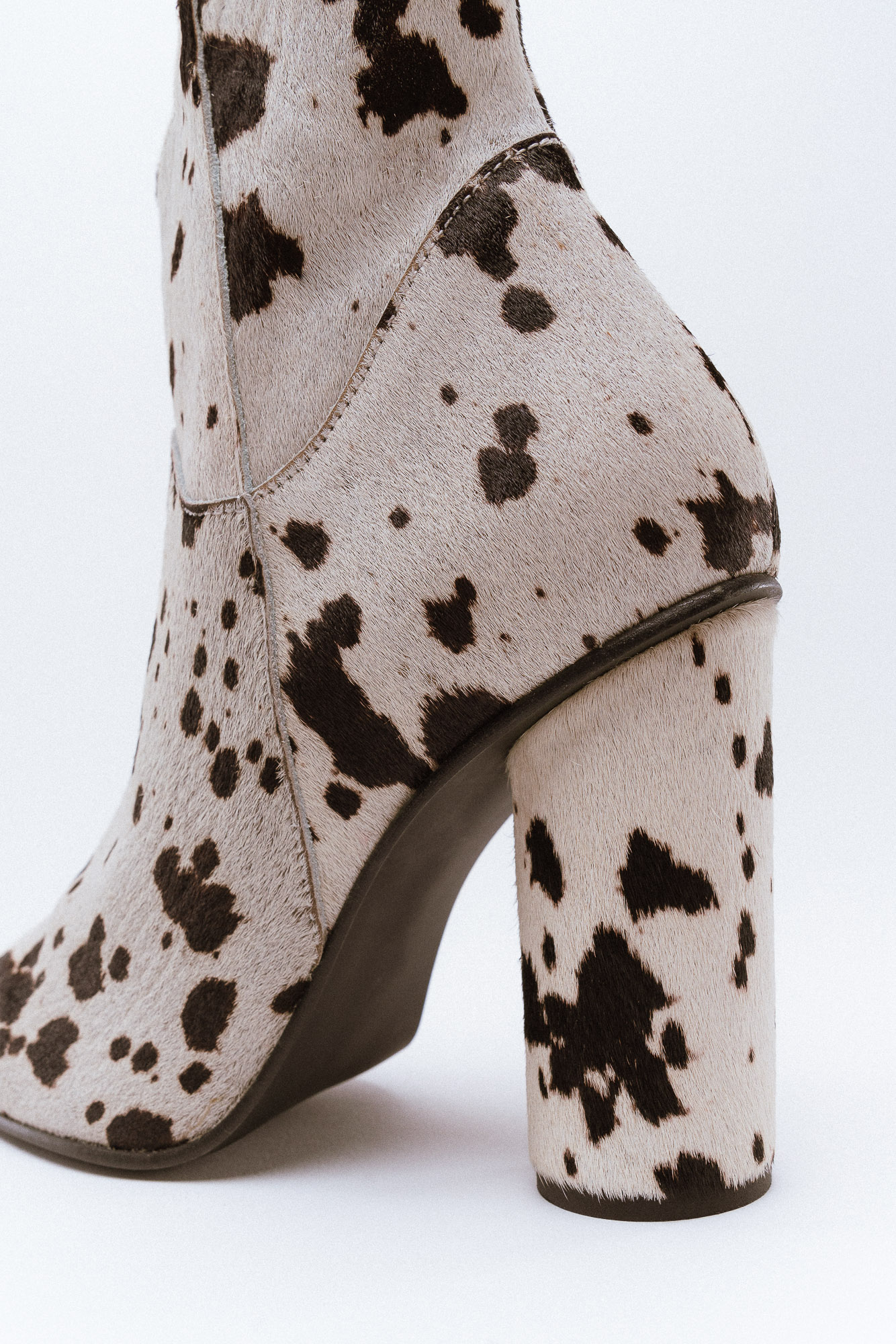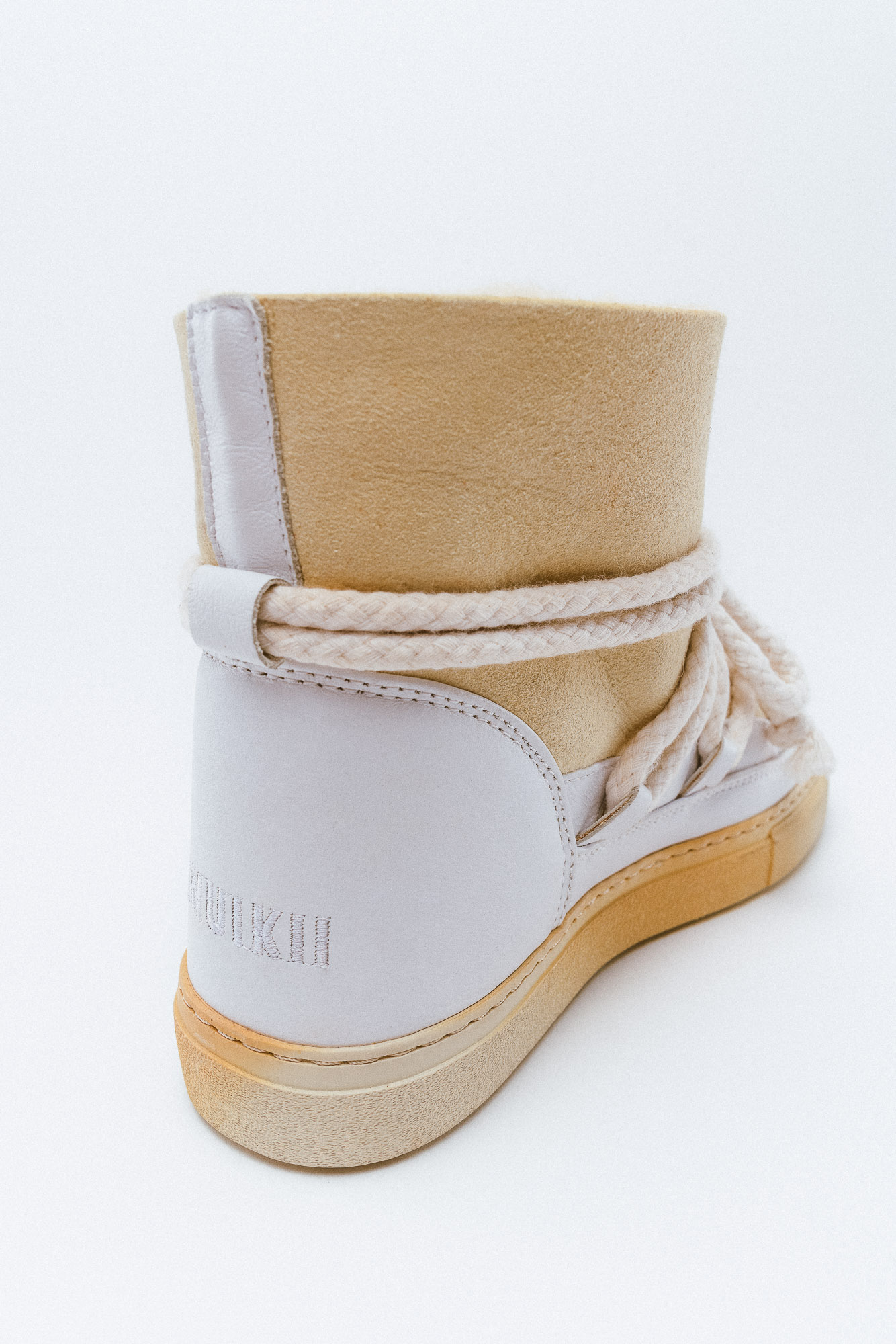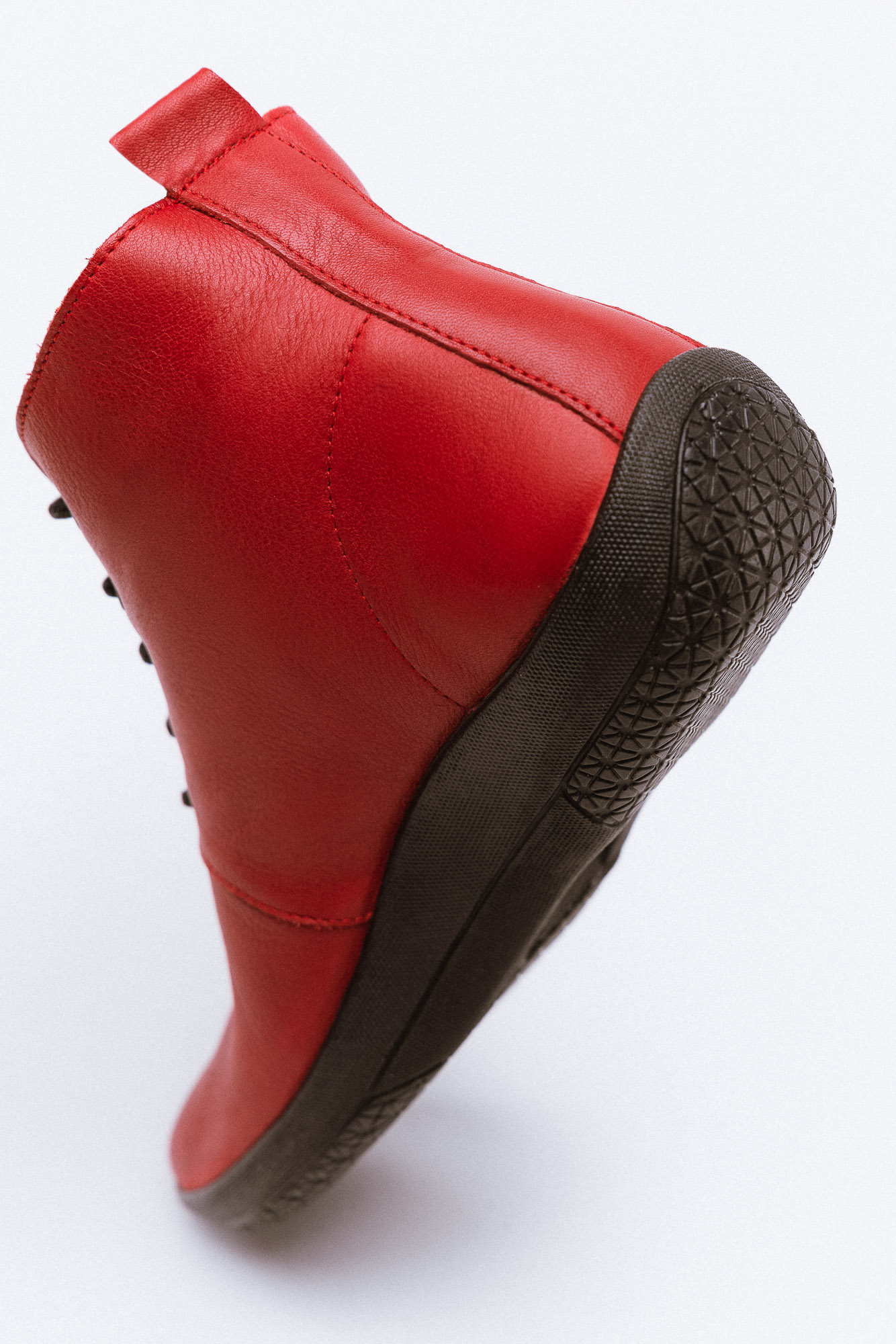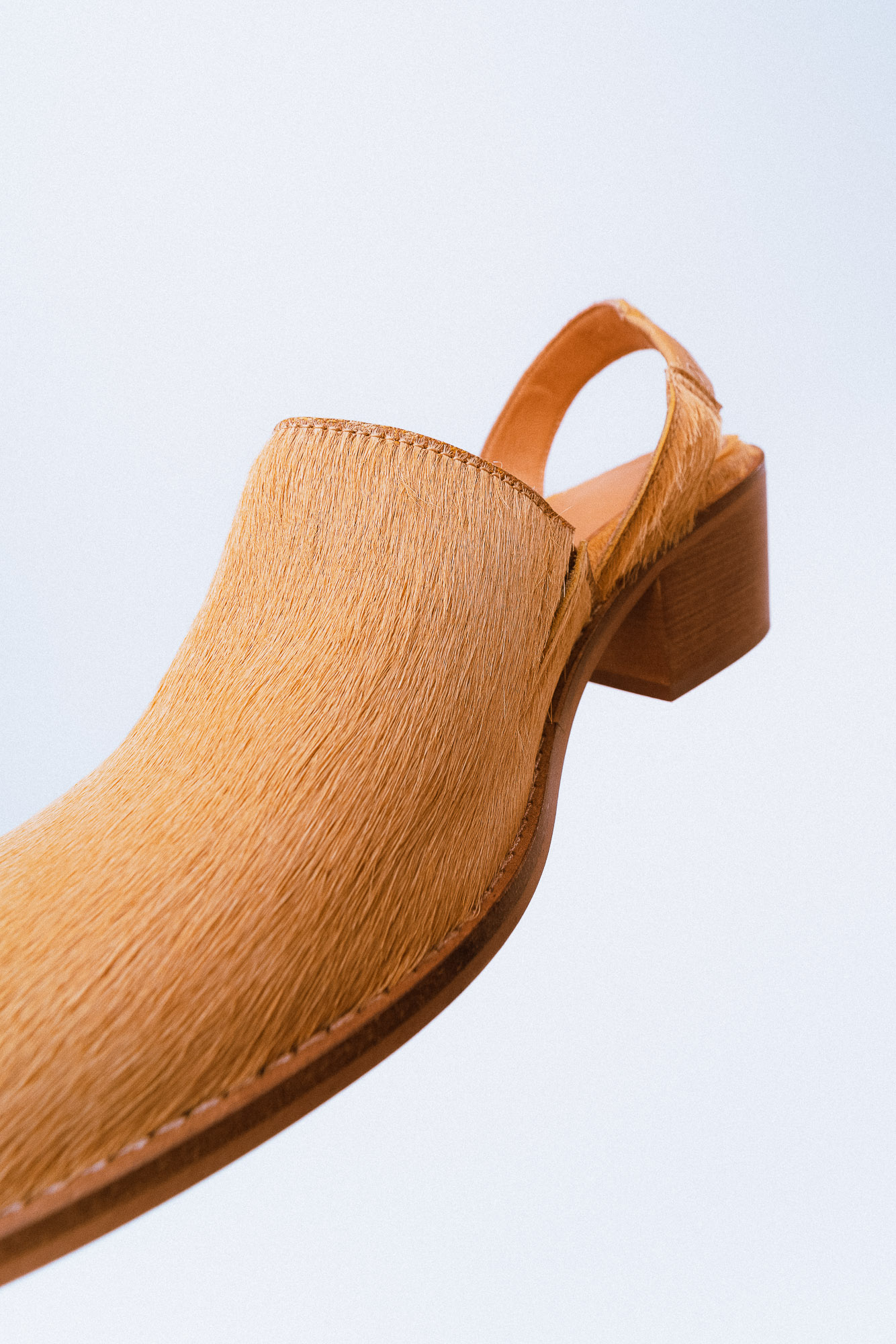As the demand for eco-friendly products continues to rise, the footwear industry is turning to technology to drive sustainability. Technology in sustainable footwear manufacturing is not only enhancing efficiency but also significantly reducing the environmental impact. Let’s explore the innovative processes and tools that are transforming the way shoes are made.
Advanced Materials and 3D Printing
One of the most significant advancements is the use of 3D printing. This technology allows for precise manufacturing, minimizing waste by using only the exact amount of material needed. Additionally, 3D printing enables the creation of intricate designs that were previously impossible with traditional methods, paving the way for more sustainable and customized footwear.
Eco-Friendly Materials
Technological advancements have also led to the development of eco-friendly materials. Innovations like mushroom leather, pineapple leather (Piñatex), and recycled plastics are becoming more common. These materials offer sustainable alternatives to traditional leather and synthetic materials, reducing the industry’s reliance on non-renewable resources.
Automated Manufacturing Processes
Automation in manufacturing processes plays a crucial role in sustainability. Automated cutting and stitching machines increase precision and reduce material waste. These machines are programmed to use the least amount of material possible, ensuring that every scrap is utilized efficiently.
Smart Design Software
Smart design software is revolutionizing the footwear design process. These programs allow designers to create virtual prototypes, reducing the need for physical samples. This not only saves materials but also accelerates the design process, enabling quicker and more sustainable production cycles.
Energy-Efficient Manufacturing
The use of energy-efficient machines and renewable energy sources in manufacturing facilities is another technological advancement contributing to sustainability. Solar panels, wind turbines, and energy-efficient lighting systems help reduce the carbon footprint of production plants.
Blockchain for Transparency
Blockchain technology is being adopted to increase transparency in the supply chain. By using blockchain, companies can track the origin of materials, ensuring they are sourced sustainably. This transparency builds trust with consumers and promotes ethical practices throughout the supply chain.
Waste Reduction and Recycling
Innovative technologies are being developed to recycle old shoes and reduce waste. For example, some companies are using advanced shredding and sorting machines to break down old shoes into reusable materials. These materials are then incorporated into new products, supporting a circular economy.
Biodegradable Materials
Research and development in biodegradable materials are pushing the boundaries of sustainable footwear. Scientists are creating materials that decompose naturally, reducing the environmental impact once the shoes reach the end of their lifecycle.
The Future of Sustainable Footwear Manufacturing
The integration of these technologies is just the beginning. As research and development continue, we can expect even more innovative solutions to emerge. The future of sustainable footwear manufacturing looks promising, with technology playing a pivotal role in driving eco-friendly practices.
Stay ahead of the curve by embracing the latest technological advancements in sustainable footwear manufacturing. Whether you’re a designer, manufacturer, or consumer, your choices can make a significant impact on the environment. Explore the possibilities and join the movement towards a more sustainable future.



